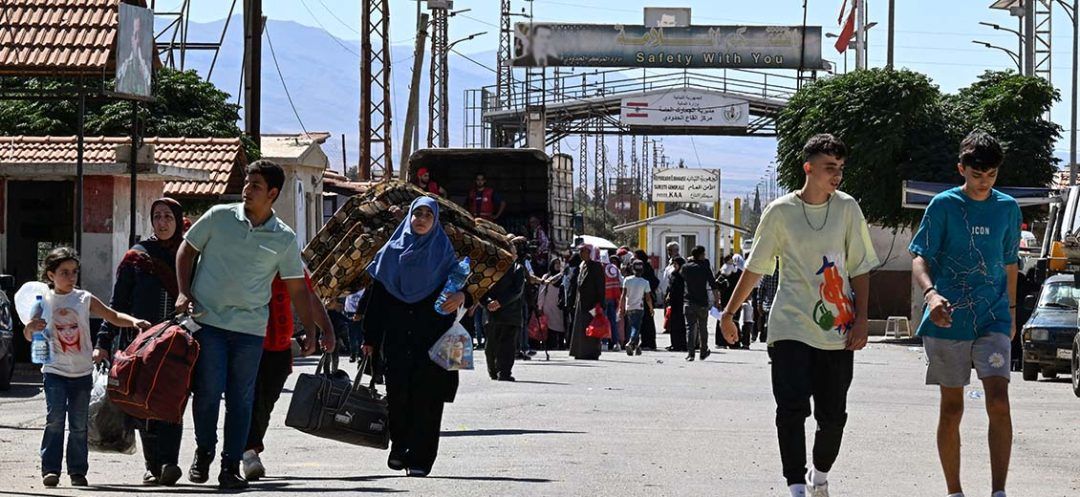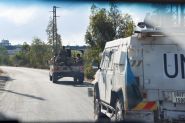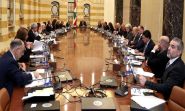
Syrian migrants have begun returning to their country amid escalating military operations between Israel and Hezbollah. Lebanese nationals, particularly from the Beqaa Valley and South Lebanon, are also reportedly crossing into Syria.
In its latest report, the United Nations High Commissioner for Refugees (UNHCR) has been on a Level 3 alert for Lebanon and Syria since October 1 after observing a significant increase in the number of people crossing the border between the two countries beginning September 23. This date marks a critical turning point in hostilities, following Hezbollah's opening of the southern front on October 8, 2023.
As of September 30, approximately 128,000 people had crossed the border, with 70% being Syrians and 30% Lebanese. The majority of those crossing are women and children, with minors representing 60% of the total.
The UNHCR has revised its projections for new arrivals upward, estimating that between 500,000 and 600,000 individuals are expected to return to Syria from Lebanon.
According to a report from the United Nations Population Fund (UNFPA), the main crossing point used by returning Syrians and displaced Lebanese between September 27 and 29, 2024, is al-Masnaa/Jdeidet Yabous. Additionally, the UNFPA estimates that 3,290 individuals crossed the border via Tartous, 12,466 through Homs, and 82,758 at rural crossing points around Damascus during the same period.
Reception centers
In several districts, including Homs, Hama, Tartous, Aleppo, Damascus, Daraa, Latakia and rural areas around Damascus, new arrivals are primarily hosted by extended families or local communities.
The Syrian government has also established collective shelters for a limited number of displaced Lebanese individuals. As of September 29, the al-Qarnaq shelter and two temporary centers were fully operational in Tartous district, accommodating approximately 140 people, or 30 families. In Latakia, two additional collective shelters – the Sports City Collective Shelter and the al-Nakheel Beach Shelter – are being set up to welcome new arrivals.
Currently, the Syrian regime appears to be encouraging the return of repatriated Syrians by suspending the usual $100 entry fee typically imposed. This measure, effective since last weekend, is valid for one week and may be extended, according to various sources.
Vulnerable health status
The UNHCR report also highlights the health vulnerabilities faced by displaced Syrians and Lebanese, emphasizing the urgent need for assistance with various medications. Medical teams and mobile clinics have been deployed at crossing points, as well as in shelters and temporary reception centers. Caretaker Lebanese Minister of Health Firass Abiad has announced that internally displaced persons (IDPs) will now be exempt from all medical fees, while vaccinations and other health services for foreigners were previously charged.
Specifically, primary healthcare services (PHC) are offered at three distinct levels:
- Entry points: A team is stationed at each crossing point, delivering primary healthcare services, including vaccinations. The costs for these teams are currently being covered by UNICEF.
- Shelters: Primary healthcare services within these shelters, including vaccinations, will be supported by the World Health Organization (WHO).
- Community: The upcoming major catch-up vaccination campaign will assess the vaccination status of all children under five, regardless of their nationality. A media campaign will encourage displaced individuals to visit fixed health centers for additional services. The WHO will cover operational costs, while UNICEF will support the media campaign.
Read more




Comments